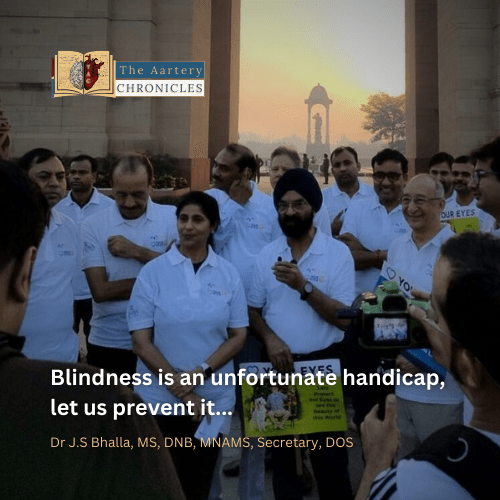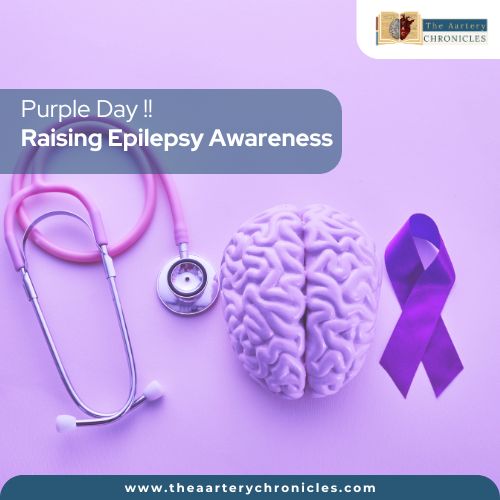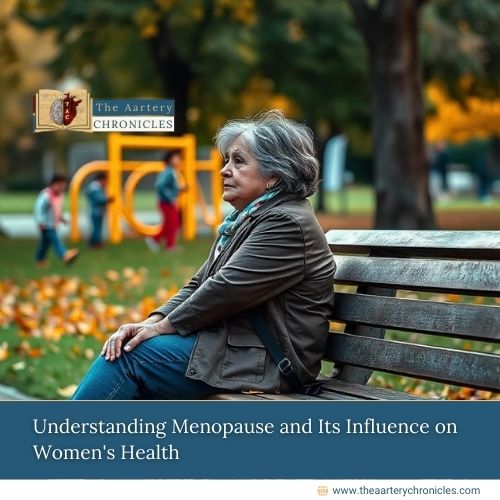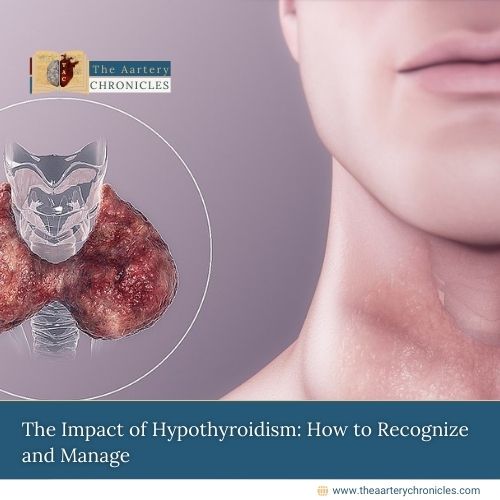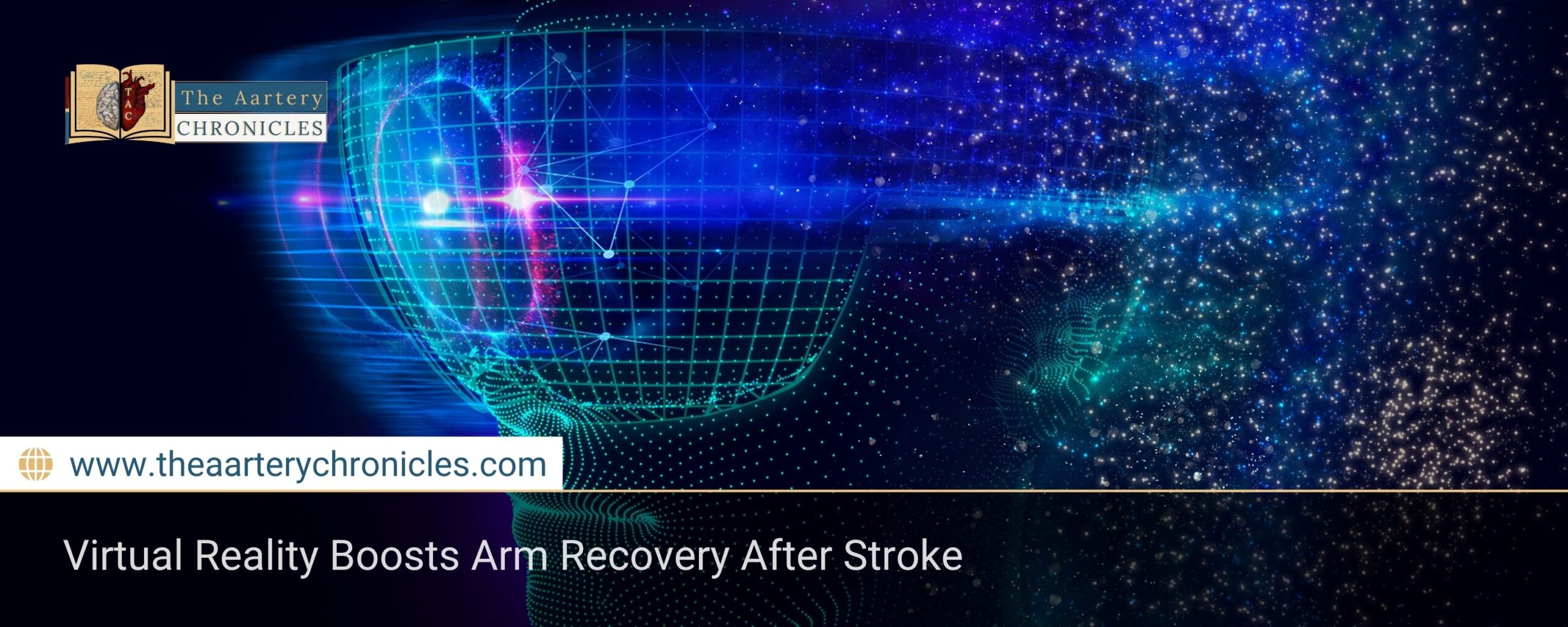
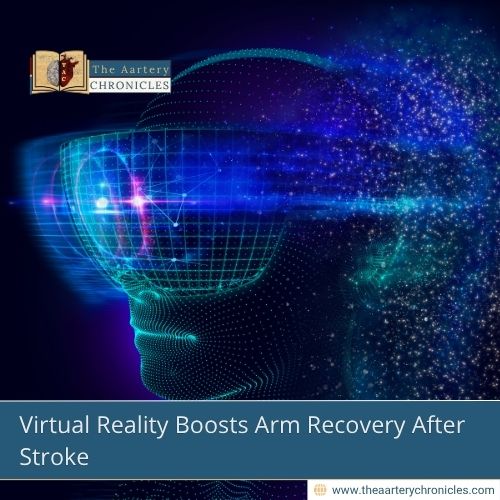
Can Virtual Reality Help Stroke Patients Regain Arm Function?
Summary: A new Cochrane review shows that virtual reality (VR), when used alongside standard therapy, can slightly improve arm function in stroke survivors. With over 7,000 participants across 190 studies, the review highlights VR’s potential to enhance rehab by increasing therapy time, especially when using simple gaming tools. However, the benefit on mobility and quality of life still needs stronger evidence.
Virtual Reality in Stroke Rehab: A Growing Trend
Stroke is a leading cause of long-term disability worldwide, and rehabilitation is crucial, especially for regaining arm function. A 2025 Cochrane review brings fresh hope: virtual reality (VR), when added to standard therapy, may slightly improve arm movement in stroke survivors.
This comprehensive review, now in its fourth update since 2011, includes 190 trials and over 7,000 participants, making it one of the largest evidence reviews on the subject. It expands on earlier versions by including 119 new studies since 2017.
What Did the Review Find?
The authors found that VR, particularly when used in addition to regular rehabilitation, can slightly boost arm function and activity. The biggest gains were seen when VR increased the total time patients spent in therapy.
Effects on mobility, social participation, and quality of life are less clear due to limited data. VR shows some promise in improving balance and reducing overall activity limitations.
What Types of VR Were Used?
The review covered a range of technologies:
- Basic, screen-based video games
- Off-the-shelf gaming systems
- Immersive, head-mounted devices (less frequently studied)
Most studies used simpler or low-cost tools, and sophisticated, immersive systems are still under-researched. According to Professor Laver, one of the study’s authors, this is a missed opportunity:
“This technology has the potential to simulate real-life environments, such as shopping in a supermarket or crossing a street… yet we’re still seeing simple VR interventions dominate the research.”
Is Virtual Reality Safe for Stroke Survivors?
Yes. Adverse events were rare and mild across the studies, suggesting that VR therapy is generally safe and well tolerated.
Final Takeaway: A Promising Tool With Room to Grow
Virtual reality isn’t a replacement for traditional stroke rehab, but it can complement it. Especially when VR is used to extend therapy time, it offers a promising new layer to stroke rehabilitation.
Still, more research is needed, especially involving advanced VR tools that mirror real-life activities.
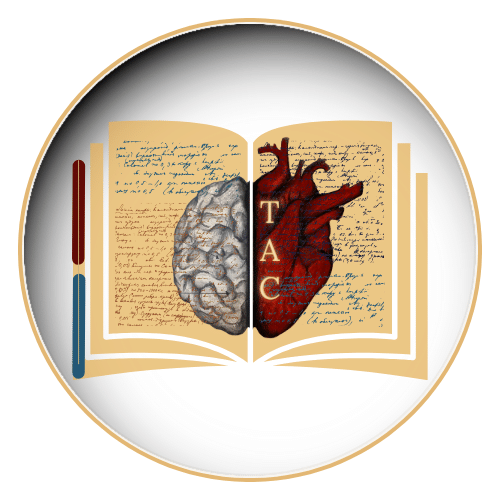
Dane
I am an MBBS graduate and a dedicated medical writer with a strong passion for deep research and psychology. I enjoy breaking down complex medical topics into engaging, easy-to-understand content, aiming to educate and inspire readers by exploring the fascinating connection between health, science, and the human mind.

